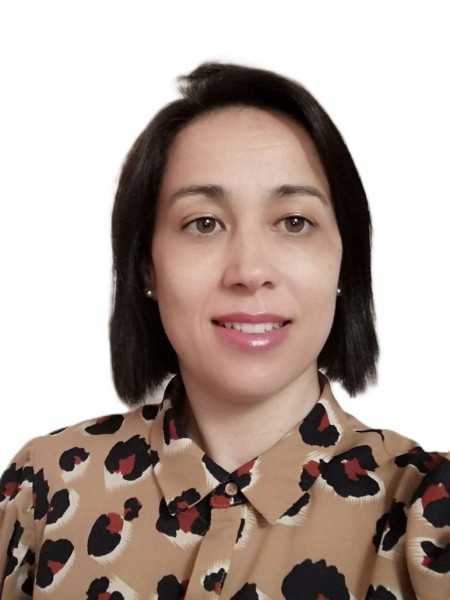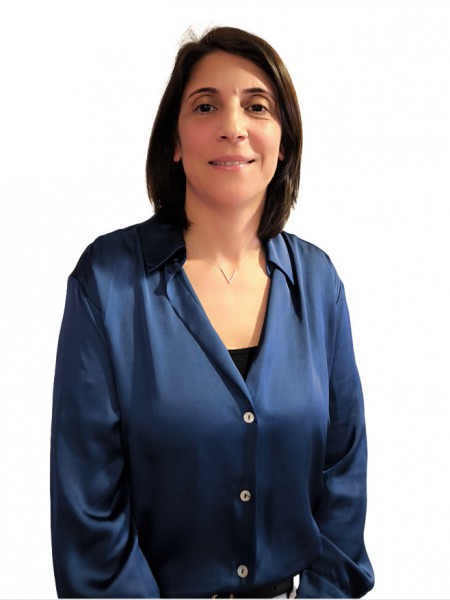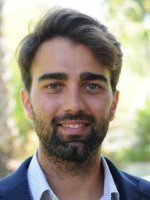abstract
Biopolymeric patches show enormous potential for the regeneration of infarcted myocardium tissues. However, most of them usually lack appropriate mechanical performance, stability in water, and important functionalities; for instance, antioxidant activity. Protein nanofibrils, such as lysozyme nanofibrils (LNFs), are biocompatible nanostructures with excellent mechanical performance, water insolubility, and antioxidant activity exploited to fabricate materials for different biomedical applications. In this study, LNFs are used to produce gelatin electrospun nanocomposite cardiac patches with improved properties. The addition of the LNFs to the gelatin electrospun patches enhance their mechanical properties, increasing the patches Young's modulus from 3 to 6 MPa, in their wet state, which agrees with the requirements of myocardial contractility. Additionally, it is observed an increment of the antioxidant activity to 80%, by adding only 5% (w/w) of LNFs, and the bioresorbability rate is shortened to 30-35 d, compared to 45 d for the gelatin-only patches, while maintaining their morphology, and biocompatibility toward cardiomyoblasts and fibroblasts. Furthermore, 15% of a model drug is burst released from the patches and preserved for 21 d. Overall, these results demonstrate that LNFs have a great potential as functional reinforcements to fabricate biopolymeric electrospun patches for myocardial infarcted tissue regeneration.
keywords
CARDIAC REGENERATION; FIBROUS SCAFFOLDS; CELL-CYCLE; IN-VITRO; BIOMATERIALS; NANOPARTICLES; DELIVERY; HEARTS
subject category
Chemistry; Science & Technology - Other Topics; Materials Science; Physics
authors
Carvalho, T; Ezazi, NZ; Correia, A; Vilela, C; Santos, HA; Freire, CSR
our authors
acknowledgements
This work was developed within the scope of the project CICECO-Aveiro Institute of Materials, UIDB/50011/2020 & UIDP/50011/2020, financed by national funds through the Foundation for Science and Technology/MCTES. The Portuguese Foundation for Science and Technology (FCT) is also acknowledged for the doctoral grant to T.C. (SFRH/BD/130458/2017) and to the research contracts under Scientific Employment Stimulus to C.V. (CEECIND/00263/2018) and C.S.R.F. (CEECIND/00464/2017). H.A.S. acknowledges financial support from the Sigrid Juselius Foundation and the Academy of Finland (grant no. 331151). The authors also acknowledge the following core facilities funded by Biocenter Finland: Electron Microscopy Unity of the University for providing the facilities for SEM imaging.




